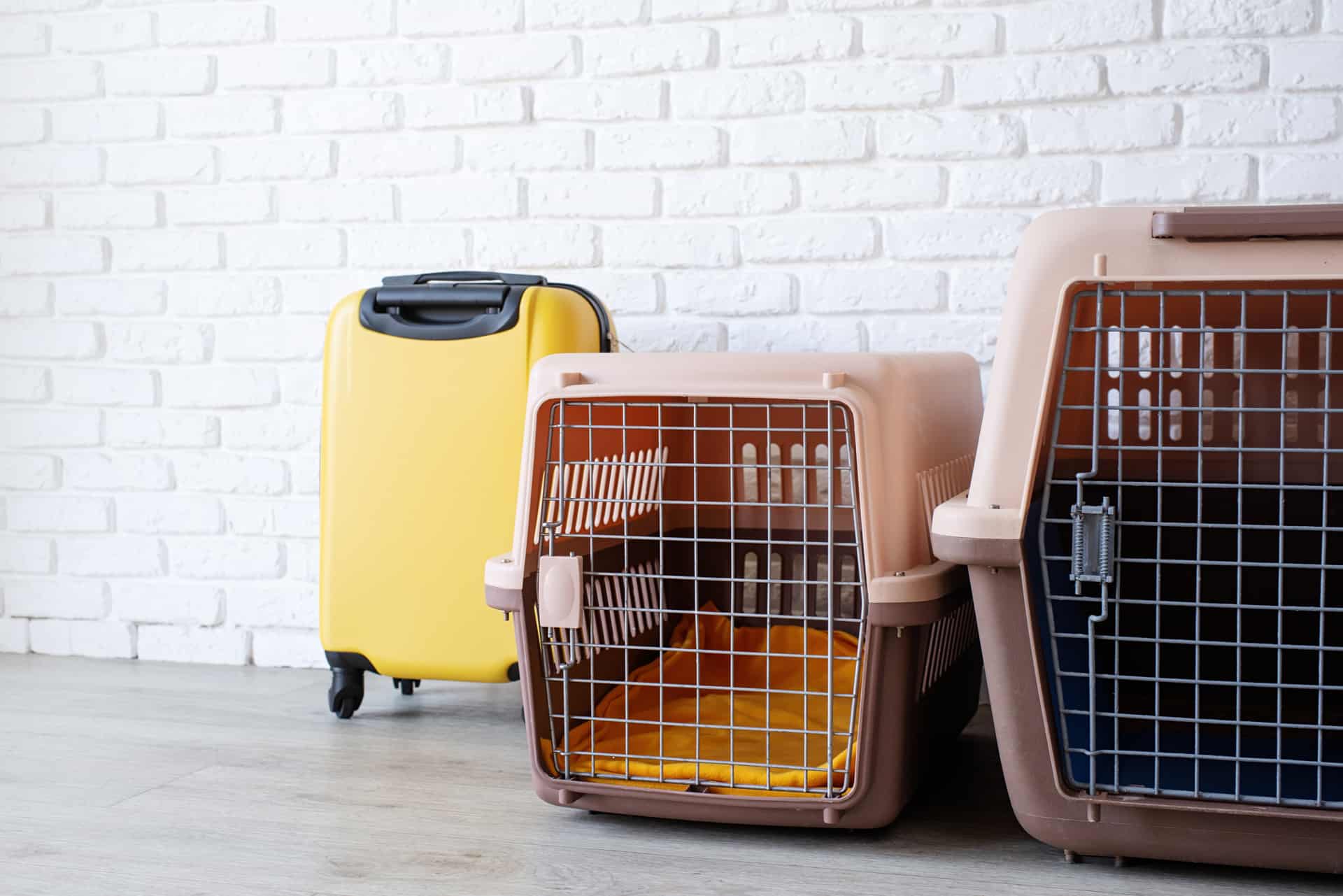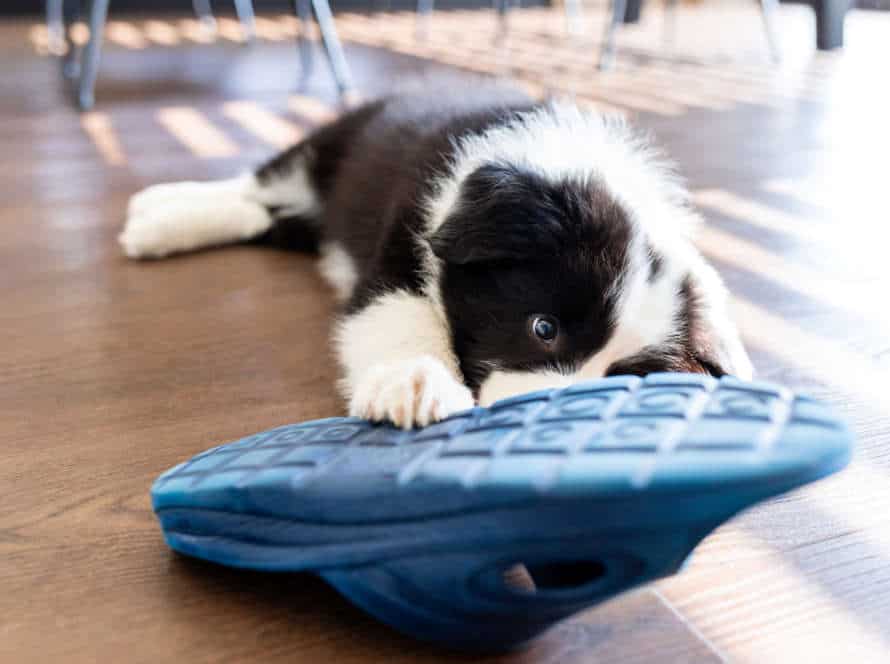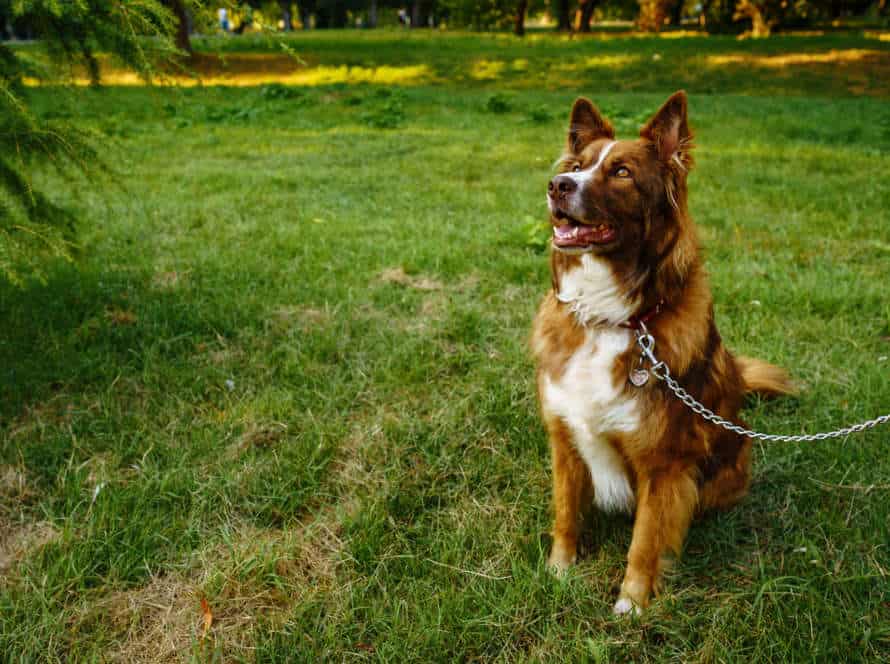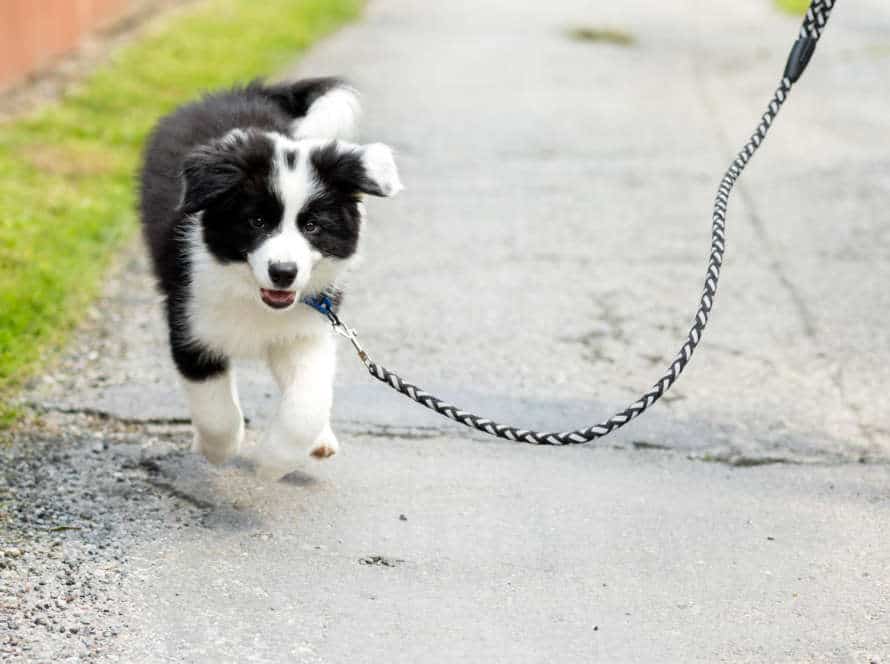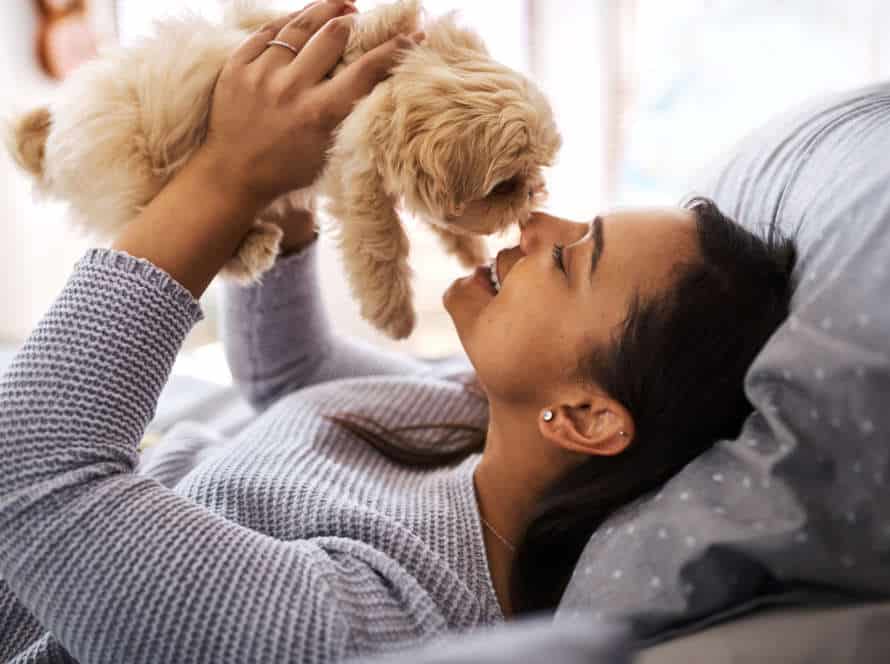Wire, Plastic, or Soft: Which Crate is Best for Your Pup?
Choosing the right crate for your pup is key. It depends on your preferences and pup’s needs. Here’s a breakdown of the types:
- Wire Crates: Sturdy, good ventilation. Ideal for dogs who like to look around and for training.
- Plastic Crates: Lightweight, durable, easy to clean. Great for anxious dogs who need privacy.
- Soft Crates: For small spaces or portability. Lightweight, collapsible, easy to assemble.
The best crate for your pup depends on size, temperament and your needs. Pro Tip: Measure pup before buying. Enough room to stand, turn and lie down comfortably.
Understanding the Different Types of Dog Crates
It’s important to pick the perfect crate for your pup! Three kinds are usually used: wire, plastic, and soft. Each has its own pros and cons. Let’s examine them, so you can make the ideal choice for your pup’s needs.
Wire Dog Crates
Wire dog crates are a popular choice! They’re ventilated and tough, making them great for home or on-the-go. Here are the main types of wire dog crates:
- Folding Wire Crates: Easy to set up and fold flat. They have removable trays and fit various breeds.
- Heavy-Duty Wire Crates: For larger, more destructive dogs. Thicker wire and reinforced locks keep them secure.
- Soft-sided Wire Crates: A wire frame covered with soft, washable fabric. Lightweight and perfect for small dogs or travelling.
Which type of crate is best for your pup? It depends on their breed, size, behavior and purpose. Get to know their needs and consult a pro if needed for their comfort and safety!
Advantages of Wire Dog Crates
Wire dog crates are a popular choice among pet owners. The advantages over other types of dog crates are worth noting.
- Ventilation: With several openings, airflow is promoted and air quality is maintained.
- Visibility: Dogs can see their surroundings due to the open wire design. This helps reduce stress and anxiety.
- Durability: Wire crates are made of sturdy materials that can last for years.
- Easy to clean: Cleaning with soap and water or a mild solution is simple.
- Flexible: Disassemble and fold down for storage and transport. Customize with accessories.
When choosing, consider size, temperament, and activity level. Choose the right type of crate for your pup!
Disadvantages of Wire Dog Crates
Wire dog crates can be a great pick for owners. Yet, there are a few drawbacks to think about before buying. Such as:
- Noisy wire crates can stop sleep and irritate, especially if your dog is a lively sleeper.
- Chewers can easily damage wire crates, creating potential safety issues.
- Transporting wire crates can be a tough task due to their weight. It might need to be taken apart first.
- Dogs with fear or stress may not feel as safe in a wire crate since they offer less privacy than other types.
Before choosing a crate, it’s important to think about the advantages and disadvantages. Also, consider your pup’s needs, behavior, and character to find the ideal one.
Plastic Dog Crates
Dog crates are a must-have for pet owners who want to provide a secure and comfy home for their canine pals. Plastic crates are a top pick, due to their strength, portability, and safety.
To pick the best plastic dog crate for your pup, remember these tips:
- Size: Ensure the crate is roomy enough for your dog to stand, turn, and lie down.
- Material: Get a high-quality plastic crate that’s durable and can handle biting, scratching, and chewing.
- Ventilation: Choose a crate that has good ventilation for air flow and avoiding overheating.
- Visibility: Look for a crate with wire grids or mesh panels to let your pet see its surroundings.
Pro tip: Always supervise your pup while in the crate to make sure it’s safe and comfortable.
Advantages of Plastic Dog Crates
Plastic dog crates are a popular option for pet owners, thanks to their many advantages. Here are some of the benefits:
- Durability: They are tough and durable, able to withstand scratches, bites, and long-term use.
- Easy to Clean: With their waterproof properties, they can be easily wiped down, sanitized, and deodorized without damage.
- Better for Travel: Plastic crates are usually airline-approved. Plus, they are light and portable, making them ideal for travel.
- Confinement for Anxious Dogs: Being enclosed, they create a secure and cozy environment – great for anxious or nervous dogs.
- Insulation: They provide better insulation in cold temperatures, keeping your pet warm and snug.
But remember to consider your dog’s size, habits, and individual needs when selecting a crate.
Disadvantages of Plastic Dog Crates
Plastic dog crates have their pros: lightweight and easy to clean. Yet, drawbacks may make them unsuitable for some pet owners.
Here are a few disadvantages:
- Limited ventilation which can make them uncomfortable for dogs in hot weather or when traveling.
- Not as sturdy as wire crates, so not suitable for larger or more active dogs.
- Not suitable for chewers or scratchers since it may break or crack over time.
When deciding the right crate for your pup, take into account their needs and personality, plus your lifestyle and budget.
Soft-Sided Dog Crates
Soft-sided dog crates are popular. They’re lightweight, collapsible, and easy to store. But they may not be as secure or durable as other types. Wire crates are sturdy and give visibility and ventilation. Plastic crates are secure, quiet, and easy to clean – perfect for long car rides. But, they may not have enough ventilation. Soft-sided crates are comfy, portable – but not as strong as the others. Consider your pup’s size, behavior, and travel needs when picking a crate. Make sure it meets their unique needs!
Advantages of Soft-Sided Dog Crates
Soft-sided dog crates have lots of benefits compared to other types.
Firstly, they’re lightweight and easy to carry. Plus, they can be folded down, so they’re simple to store.
Secondly, they’re cozy and warm for your pup, plus they have breathable materials for air circulation and temperature control.
Thirdly, they’re great for travel and fit in small spaces.
Lastly, they come in a variety of colors and designs, so you can pick one that suits your home and taste.
However, they’re not suitable for puppies or dogs that haven’t been crate trained, as they can chew through the material.
Disadvantages of Soft-Sided Dog Crates
Soft-sided dog crates can be convenient for travel. But, pet owners should consider their disadvantages too. Such as, they may not be durable. If a dog chews, scratches or digs at them, they can tear or have holes. This can be a safety hazard for the pet.
Soft-sided crates may also not provide enough ventilation. Resulting in odors or hot temperatures. Not the best choice for larger or active breeds either.
So, it’s important to consider each crate type before picking the best one for your pup. A tip: If you choose a soft-sided crate, make sure to supervise your pet and check they can’t chew or dig through.
Factors to Consider When Choosing a Dog Crate
Picking the ideal dog crate can be tricky. There are many elements to mull over prior to buying, such as the size, design and material of the crate. Plus, the amount of security it offers. This piece will go through all the critical elements to remember when choosing a dog crate.
Size of the Crate
When picking a dog crate, it’s important to think about the size in relation to your pooch. A too-small one can be hard and stressful, while a too-big one can lead to accidents and make your dog feel insecure.
To find the right size:
- Measure your pup’s height from floor to their head’s highest point, and their length from nose to tail base.
- Add 2-4 inches to those measurements for the minimum height and length.
- Make sure the crate is roomy enough for them to stand, spin and lie down comfortably.
- And take into account the breed and weight: some may need a bigger crate than others.
- Last but not least, consider the material like wire, plastic or soft, based on your pup’s personality.
Pro Tip: A good-fitting crate can be a safe, comfy spot for your pup, and help with housetraining and good behavior.
Level of Security
Security is key when it comes to dog crates. It depends on the dog’s size, behaviour, and needs. Here are factors to consider when choosing one for security:
- Material: Wire crates are the safest as they are strong metal wires with multiple door latches. Plastics can be secure too, but not for aggressive chewers. Soft-sided crates provide less security and are not for dogs that escape or chew.
- Size: Get the right size crate to prevent escape attempts. If it’s too big, your dog may try to escape or hurt themselves.
- Purpose: For travel or outdoor activities, get a secure, durable crate. For indoor use or puppy training, a less secure option may work.
- Think about your dog’s needs and behaviour when choosing. Pro tip: Add a padlock or carabiner to the door latch for extra safety.
Portability and Convenience
Portability & convenience are important when picking a dog crate. Depending on your needs, wire, plastic, or soft crates are all great options.
- Wire: Durable & easy to assemble. Collapsible & great for travel.
- Plastic: Lightweight & sturdy. Good for travel & unpredictable situations.
- Soft: Easy to transport & store. Not ideal for dogs who chew or scratch.
When choosing the right crate, consider pup size, personality & behavior. Get a comfortable & safe one for your fur-friend.
Comfort of Your Dog
Choosing a doggy crate is significant. It can seriously impact your pet’s welfare and comfort. When making the choice, there are a few points to think about, such as the size, durability, and ease of cleaning.
Wire crates are simple to clean and have good air flow, ideal for hot weather. Plastic crates are enclosed and secure, often used in planes. Soft-sided crates are lightweight and great for travelling, yet not recommended for destructive pups.
When selecting a crate, consider your dog’s character and exact needs. For example, if your pup is anxious, a covered crate may provide a sense of security. Additionally, make sure that the crate is of the correct size for your pup’s breed and activity level.
Generally speaking, the right crate can give your pooch a safe, comfortable, and secure spot.
How to Introduce Your Dog to a Crate
Introducing your pup to a crate? It’s a process which needs time and patience. What to pick? Wire, plastic, or soft? Each has its own peculiarities and advantages. Let’s explore how to decide the right crate for your pup.
Training Process for Crate Training
Crate training is a great way to train and manage your pup. With the right process, it can be a cozy and secure spot for your furry friend. Here are the steps to follow:
- Introduce your dog gradually to the crate. Give treats and familiar toys inside to make them explore.
- Make the crate a positive experience by feeding your pup in it, or leaving the door open for them to enter and exit.
- Then, start closing the door for short periods while you’re close by. Increase duration over time.
- Don’t use it as a punishment, or leave your pup in there too long.
When picking out the right crate, think about their size, needs, and personality. Wire crates give visibility. Plastic crates are great for travelling. Soft-sided crates are easy to store and transport.
Pro Tip: Patience, consistency, and positive reinforcement are key to successful crate training.
Dos and Don’ts for Crate Training
Crate training can be great for pet owners, but it’s important to remember the dos and don’ts.
Dos:
- Introduce the crate in a positive way – gradually.
- Offer treats and toys in the crate.
- Make it comfy with bedding and smells your pup knows.
- Be patient & consistent.
Don’ts:
- Don’t use it for punishment.
- Don’t leave your pup in the crate for too long – especially without bathroom breaks or exercise.
- Don’t force them in.
- Don’t let small kids or other pets bother them while they’re in there.
Choosing the right crate is also essential – wire, plastic, or soft – you have to consider your pup’s needs, behaviour and habits.
Pro tip – Food puzzles and interactive toys can help crated dogs stay entertained & stress-free.
Common Problems During Crate Training and How to Solve Them
Crate training is key for dog training, but it can be tricky. Here are some common issues & solutions:
- Whining: Happens a lot during crate training. Tips: Put crate in quiet area, cover it with a blanket for a den-like feel & add a comfy bed.
- Fear of the Crate: Introduce the crate gradually with treats inside. Also feed the dog in the crate for positive experiences.
- Escape Attempts: Size the crate just right with enough room to stand & turn around. Give a high-value treat or toy to keep them occupied.
Pro tip: Be patient & use positive reinforcement. Reward good behavior in the crate.
Frequently Asked Questions
1. What kind of crates are available for your pup?
There are three main types of crates available for your pup: wire, plastic, and soft-sided crates.
2. What should I consider when choosing a crate?
You should consider the size and weight of your pup, their personality, and the purpose of the crate (i.e., training, traveling, or resting).
3. What are the pros and cons of a wire crate?
Wire crates are sturdy and durable, and they provide good ventilation and visibility. However, they can be noisy and uncomfortable for some pups, and they may not offer enough privacy or warmth in colder climates.
4. What are the pros and cons of a plastic crate?
Plastic crates are lightweight and easy to clean, and they offer more privacy and warmth than wire crates. However, they can be less comfortable and less breathable, and they may not be as sturdy as wire crates.
5. What are the pros and cons of a soft-sided crate?
Soft-sided crates are lightweight and easy to carry, and they offer more flexibility and comfort for traveling. However, they may not be as durable or secure as wire or plastic crates, and they may not be suitable for more active or aggressive pups.
6. How should I introduce my pup to a new crate?
You should introduce your pup to a new crate gradually, using positive reinforcement and treats to encourage them to enter and stay in the crate. You should also make sure the crate is comfortable and safe for your pup to use, and that they have access to food, water, and toys while inside the crate.

